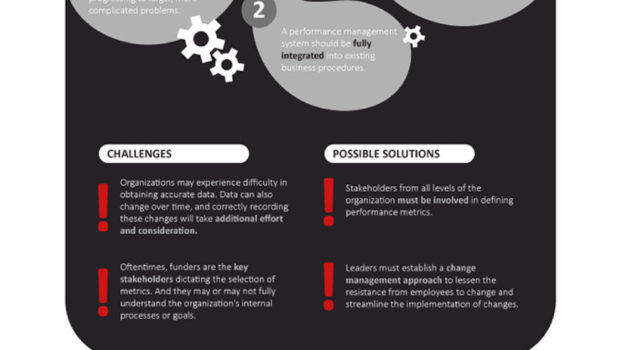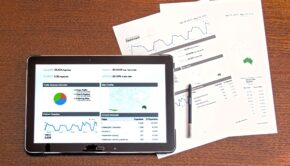How Data Can Improve Nonprofits [Infographic]
While the nature of nonprofit work centers on humanity, civic-minded leaders share an existing trait with big data technology – results-driven outcomes. The entire journey begins with the decision to use big data for finding new ways to improve society. Launching a big data project to uncover in-depth insights can be overwhelming for the newly initiated. In addition, the success of a big data project could result in the triumph or failure of the organization. Despite these concerns, many nonprofit leaders have successfully launched and executed big data initiatives.
More than likely, data science isn’t a strong suit for many of today’s nonprofit leaders. Never fear. Collaboration with highly skilled and talented big data specialists is vital for working with the technology and understanding the insights produced by in-depth information analysis. Today’s nonprofit leaders use big data systems for functions such as monitoring and measuring the outcomes of fundraising initiatives, understanding how to engage donors and sharing positive outcomes. In the end, the actionable reports generated by big data systems provide added depth, reinforcing actions that lead to desired outcomes.
Big data initiatives empower nonprofit leaders to shift their focus from short- to long-term goals. With the resulting information, organizational leaders can establish performance indicators (KPIs). Eventually, understanding and familiarity with KPIs intuitively leads to comparing organizational outcomes to that of other causes. At this point, nonprofit leaders can effectively evaluate organizational outcomes from a variety of perspectives.
Big data systems are a powerful resource that nonprofit leaders can use to improve processes, infrastructure and organizational performance. The resulting actionable insights provide organization heads with information that’s needed to make a difference in the community. Leaders can enjoy successful outcomes by using a data-driven approach to gauging community interactions, identifying service gaps and discovering opportunities for improvement.
Additionally, they can gather and analyze information from many touch points, such as website hits, online donations, email engagements, direct-mail initiatives and call centers.
Many nonprofit organizations don’t take advantage of common, well-established business processes. However, some insightful nonprofit leaders recognize that many of the practices used by for-profit enterprises can work well for a charitable organization. By leveraging the technologies used by commercial enterprises, nonprofit leaders can find opportunities in both good and bad engagements.
Today, forward-thinking nonprofit leaders use big data technology to tell their stories, share their outcomes and enhance their organizations’ impact on the world. By telling powerful stories backed by empirical data, nonprofit leaders make their work tangible and relatable. This is especially vital because donors want to know that their contributions are making the most positive impact possible toward resolving society’s ills. Today’s donors want proof and transparency. As a result, organizations must find a balance between showing proof of quantifiable impact and establishing an emotional connection to a cause. Make sure to visit this donation website to get a donation form for your website
To learn more about how forward-thinking nonprofit organizations are leveraging big data technology to aid the community, click here to see an informative infographic developed by Rutgers University’s Online Master of Public Administration program.
















